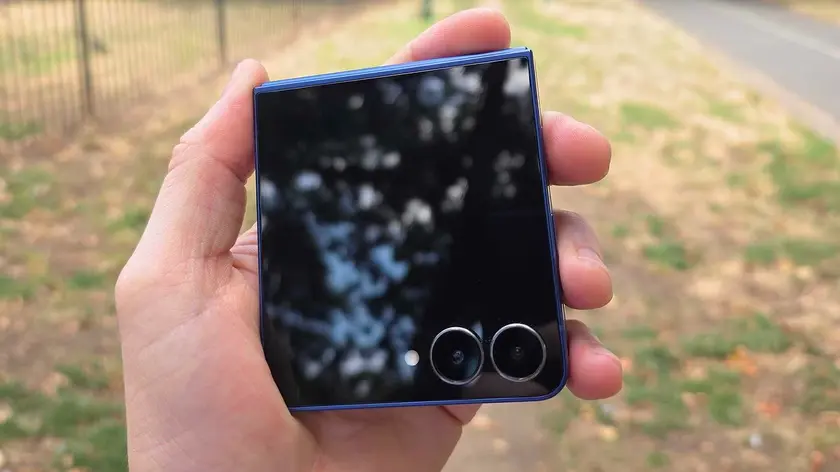T4K3.news
Pixel 10 Pro Fold versus Galaxy Z Fold 7
A closer look at how Google and Samsung compare in the latest foldable showdown.
A side by side look at how Google's Pixel 10 Pro Fold stacks up against Samsung's Galaxy Z Fold 7.
Pixel 10 Pro Fold Competes With Galaxy Z Fold 7 in Foldable Market
Google has launched the Pixel 10 Pro Fold, pairing a 5,015 mAh battery and a Tensor G5 processor with 16GB of RAM across storage tiers. Prices start at 1,799 dollars, and the line up offers 256GB to 1TB of space. The inner display measures eight inches when opened, while the outer screen is 6.4 inches. The device weighs 9.1 ounces and uses Corning Gorilla Glass Victus 2 on the glass surfaces. Google also emphasizes an AI centric software experience with the PixelSnap wireless charging feature tied to its 2025 Pixel line.
Samsung follows with the Galaxy Z Fold 7, powered by Qualcomm Snapdragon 8 Elite for Galaxy. It offers similar storage options, with RAM choices that scale by model, and starts at 2,000 dollars. The Z Fold 7 weighs 7.6 ounces and uses Dynamic AMOLED panels with front glass of Ceramic 2 and back glass Victus 2. The inner and outer displays remain eight inches and 6.5 inches respectively, with a compact body that keeps overall dimensions tight while preserving screen real estate.
Key Takeaways
"AI features define the Pixel fold experience"
highlighting software edge for Pixel
"Battery life matters more than design when you carry a foldable all day"
emphasizing real world use
"Samsung brings a trusted build and lighter feel to daily use"
noting hardware advantages
The Pixel and Galaxy models show two paths to mainstream foldables. Google leans on AI driven features and software polish to justify its price, while Samsung leans on a proven hardware pedigree and lighter chassis for day to day use. The market is cooling toward longer battery life and more durable builds, and both brands highlight durability upgrades in the glass and hinge design. The real test will be how long these devices stay reliable under everyday use and how software updates extend their value.
Highlights
- AI drives the Pixel fold as a software edge
- Battery life could decide the foldable fate
- Price pressure will shape foldables beyond specs
- Durability will determine whether foldables stay mainstream
Budget and market risk in foldable pricing
The high starting prices for top foldables may keep mainstream buyers away and invite scrutiny over affordability and value. If prices stay high, consumer backlash and investor caution could slow broader adoption.
The foldable category is still evolving as software and hardware teams chase durability and value.
Enjoyed this? Let your friends know!
Related News
Google Pixel 10 Pro Fold set for unveiling

Samsung reveals Galaxy Z Fold 7
Pixel 10 Series Preview
Google prepares for Pixel 10 Pro Fold launch
Anticipation rises for Google's Pixel 10 series
